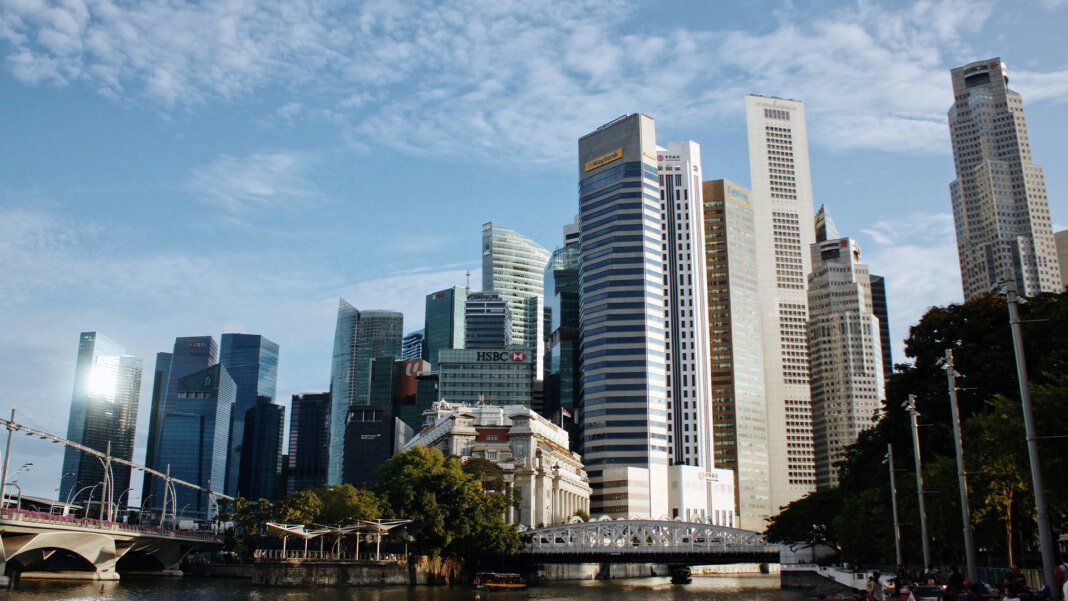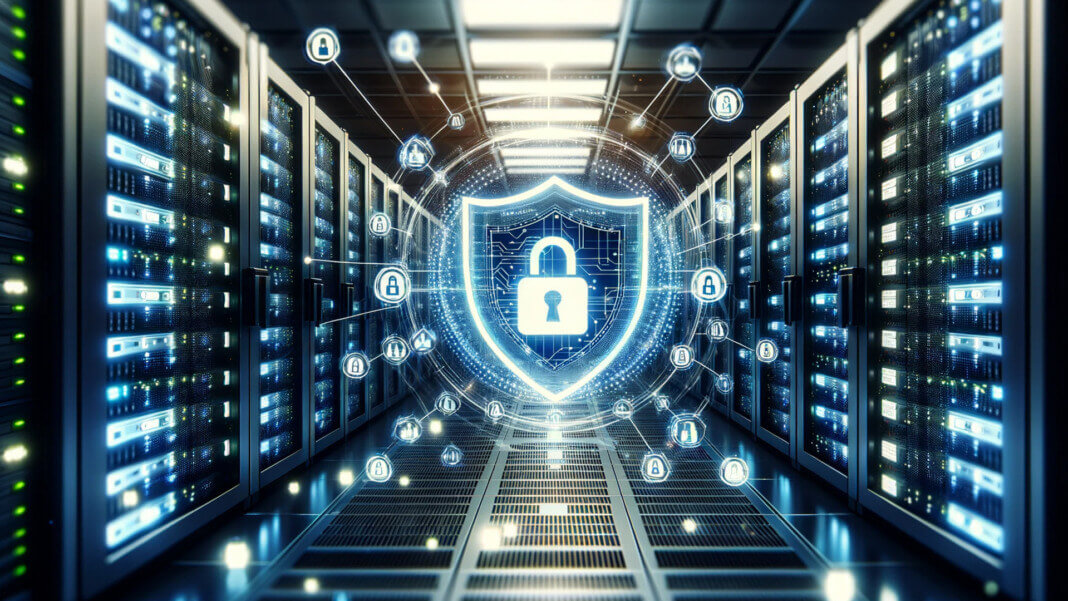In an era where personal data has become as valuable as currency, the importance of Cybersecurity Awareness Month, observed in October, gains prominence. GovTech’s role in safeguarding this digital currency is critical. Their commitment transcends beyond their digital infrastructure; it extends to every citizen whose data they protect. As threats to data privacy grow more sophisticated, GovTech’s resolve to defend and secure personal information becomes more crucial than ever.
Their strategy is not just about defence but also about building resilience within the system. GovTech’s comprehensive cybersecurity framework embodies stringent protocols and a proactive stance towards potential vulnerabilities. This systematic approach ensures that data protection isn’t a one-off effort but a continuous endeavour, adapting to the evolving digital landscape to shield citizens’ data against emerging threats.
Establishing a stronghold of data protection
The architecture of GovTech’s data protection strategy is both intricate and robust. It’s constructed on a foundation of encryption, ensuring that data remains secure whether it’s stored on servers or travelling across networks. Adopting such stringent encryption protocols exemplifies GovTech’s commitment to setting a gold standard in data security practices. These measures are reinforced by policies that not only dictate the handling of personal data within government entities but also establish a culture of security that permeates every level of data management.
Furthermore, the lifecycle management of data at GovTech is not left to chance. By governing data from its creation to its eventual retirement, they ensure that every phase is secure. This lifecycle approach is essential because data, like any asset, has different vulnerabilities at different stages. Through this meticulous governance, GovTech provides citizens with the assurance that their data is not just an entry in a database, but a valued asset afforded the highest level of protection.
Harmonising accessibility with security
The intersection of easy online access to government services and maintaining the highest security standards presents GovTech with a complex but vital challenge. To address this, GovTech has introduced a raft of security protocols, such as the centralised retention of audit logs within the Government on Commercial Cloud (GCC). These audit logs are essential in providing a transparent record of access and transactions, which can be analysed for irregular activities, helping to prevent unauthorised access to sensitive data.
In addition to structural safeguards, there is also an emphasis on the intelligent design of systems to prevent exposure to cyber risks. By ensuring that databases are not directly accessible via the internet and establishing a fortified network that only allows access from verified sources, GovTech minimises the potential points of entry for cyber-attacks. This proactive stance on network security demonstrates their understanding that in the digital realm, the strongest fortress is not only well-guarded but also strategically concealed.
Adapting to the cybersecurity challenge
Cyber threats are a moving target, constantly evolving in complexity and scale. To stay ahead, GovTech places a high premium on innovation and agility. By harnessing the latest advancements in cybersecurity, they develop forward-thinking solutions that anticipate and neutralise potential threats. This commitment to innovation ensures that their cybersecurity measures are not reactive but predictive, capable of defending against the unforeseen dangers of tomorrow.
AI and machine learning are central to GovTech’s advanced cybersecurity tactics, particularly in enhancing the capabilities of the Government Cyber Security Operations Centre (GCSOC). Through collaboration with key partners and integration with partner services, GovTech leverages AI to identify and mitigate threats quickly. This integration allows for automated responses to security incidents, significantly reducing the time between threat detection and response, and demonstrating GovTech’s cutting-edge approach to digital security.
The shared responsibility of cybersecurity
The final layer of GovTech’s cybersecurity strategy involves the end-user — the citizens themselves. GovTech actively fosters a culture of cybersecurity awareness, understanding that the human element often presents the greatest vulnerability. They invest in public education campaigns and training programs, empowering individuals to become the first line of defence in protecting their personal data. This approach cultivates a partnership between the Government and its citizens, where both parties are active participants in the cybersecurity process.

Citizens, on their part, are encouraged to adopt robust personal security measures. Strong, unique passwords, the use of two-factor authentication, and an educated caution when engaging with unknown digital entities are practices GovTech advocates. By equipping citizens with the knowledge and tools to protect themselves, they ensure that cybersecurity is not just a feature of government services but a fundamental aspect of digital citizenship.
GovTech’s comprehensive approach to cybersecurity ensures that the digital sphere remains a stronghold of privacy and safety. Through their vigilant and adaptive strategies, they not only protect the integrity of citizen data but also foster an environment where trust in digital government services continues to grow.





